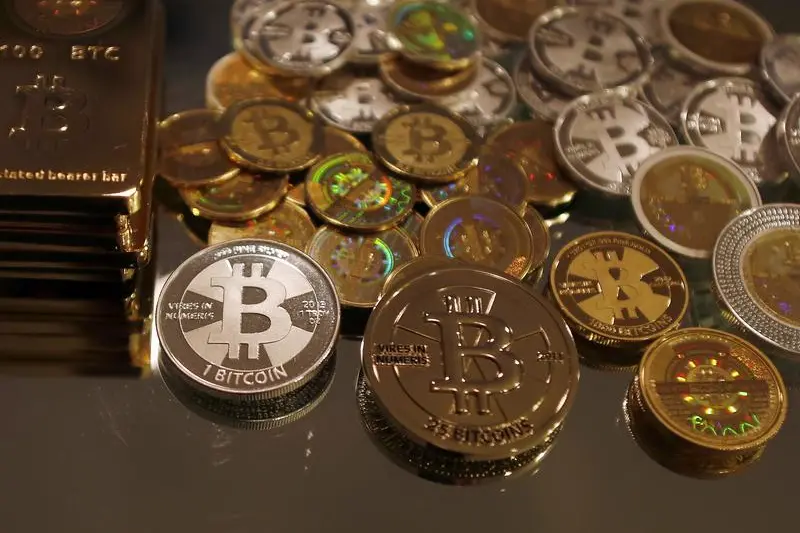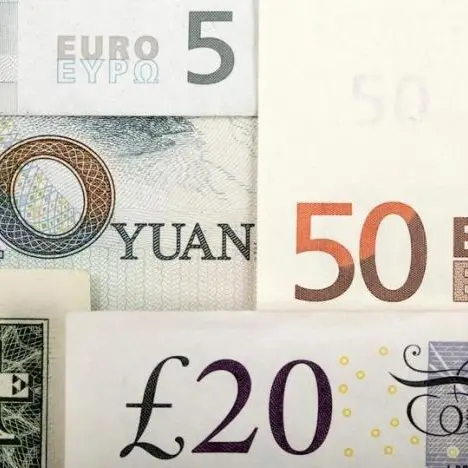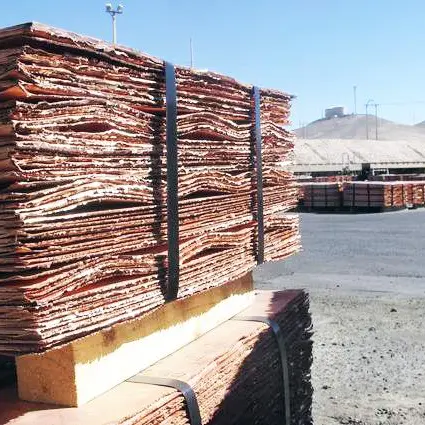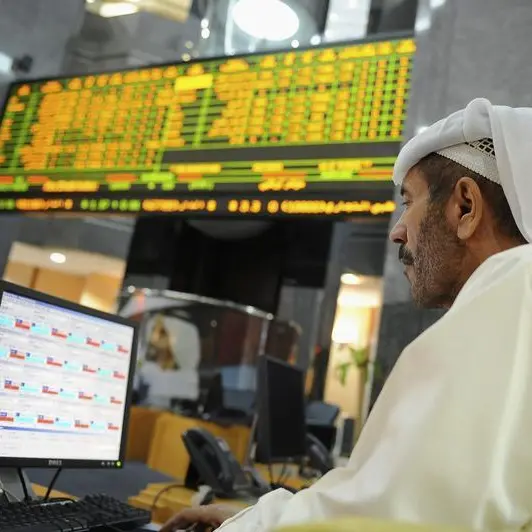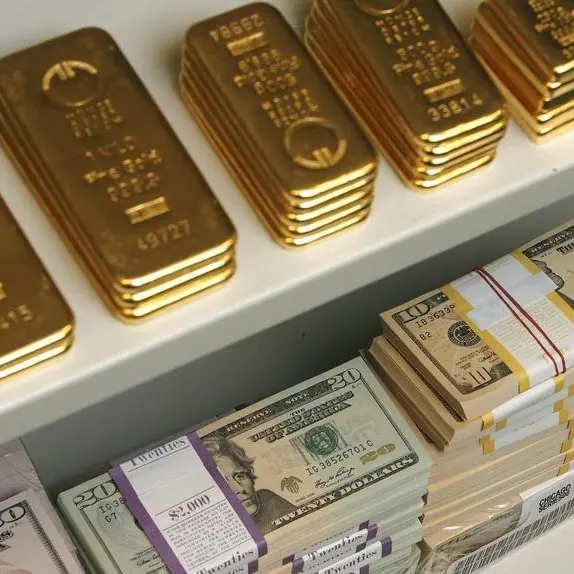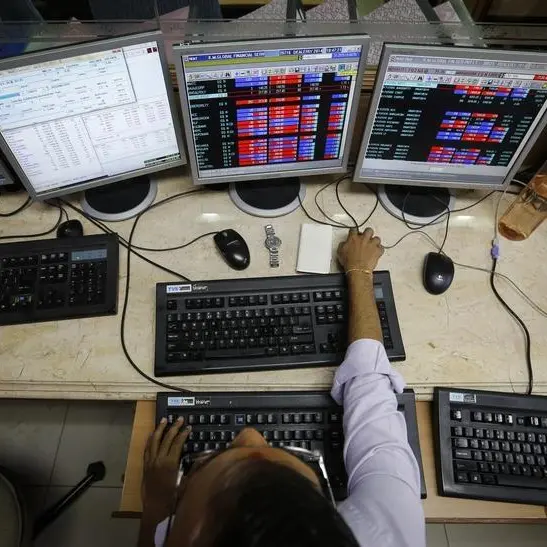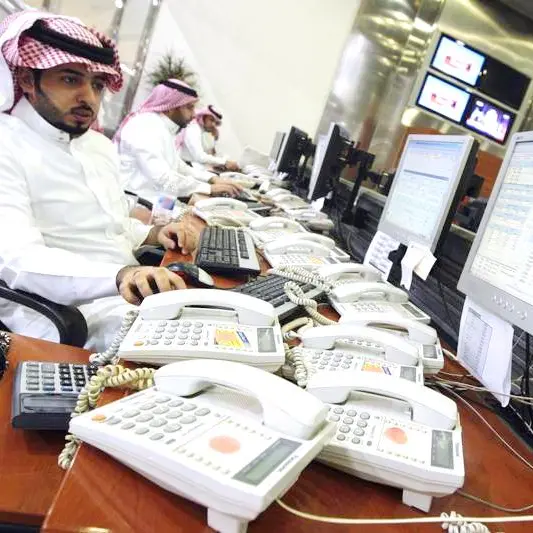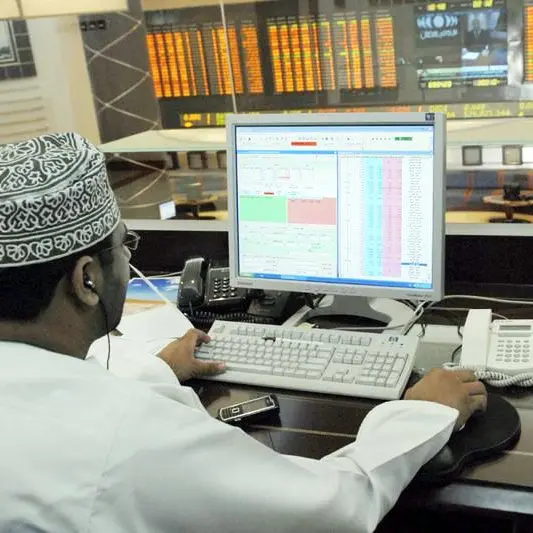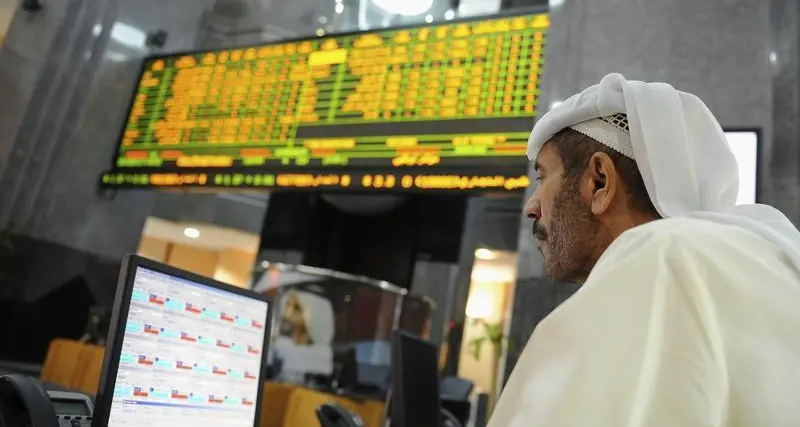PHOTO
One of the big business buzzwords at the moment is the rise and rise of bitcoin, with investors and analysts debating whether the cryptocurrency is a bubble set to burst or a new financial unicorn.
A bitcoin was worth $8.74 back in 2011, but last Thursday it rose in value to over $15,500, following a surge in growth of 20 percent in just 24 hours.
“Bitcoin’s meteoric rise is looking like speeded-up unicorn hype. A sheen of futurism, fear of missing out, a lack of fundamental value, and an inability of big backers to sell without crashing the market are factors pumping up the digital currency’s price,” Reuters Breakingviews columnist Robert Cyran said on Thursday. (Read the full commentary here).
Trading in bitcoin futures began late on Sunday, opened at $15,460 in New York, before leaping to a high of $16,660, Reuters reported. The cryptocurrency has skyrocketed to a record high this year, making a gravity-defying 15-fold gain since the start of the year and attracting institutional interest.
"Bitcoin's price surge continues to look like another speculative mania," Shane Oliver, chief economist at AMP Capital in Sydney, was quoted as saying by Reuters. (Read the full report here).
Bitcoin's popularity has also taken off in the Middle East, with Dubai-based bitcoin trader Bitoasis reporting on its website that “due to the high volume of applications, it now takes up to seven working days to process account verification requests”, according to a report by Gulf News.
However, not everyone is convinced and Mark Haefele, global chief investment officer at UBS, said in an interview in November that “ultra-high net worth individuals are not investing in bitcoins but are very interested in it”. (Read the full report here).
Still confused? Here are some facts Reuters has compiled that you might not know about the largest and best-known cryptocurrency:
HOW MANY ARE THERE?
Bitcoin's supply is limited to 21 million - a number that is expected to be reached around the year 2140. So far, around 16.7 million bitcoins have been released into the system, with 12.5 new ones released roughly every 10 minutes via a process called "mining", in which a global network of computers competes to solve complex algorithms in reward for the new bitcoins.
ENERGY DRAIN
These mining computers require a vast amount of energy to run. As the price increases, more miners enter the market, driving up the energy consumption further. A recent estimate by tech news site Motherboard put the energy cost of a single bitcoin transaction at 215 kilowatt-hours, assuming that there are around 300,000 bitcoin transactions per day. That's almost enough energy as the average American household consumes in a whole week.
BITCOIN BILLIONAIRES
Bitcoin has performed better than every central bank-issued currency in every year since 2011 except for 2014, when it performed worse than any traditional currency. So far in 2017, it is up more than 1,400 percent. If you had bought $1,000 of bitcoin at the start of 2013 and had never sold any of it, you would now be sitting on around $1.2 million. Many people consider bitcoin to be more of a speculative instrument than a currency, because of its volatility, high transaction fees, and the fact that relatively few merchants accept it.
(To read more about bitcoin, including it’s mystery creator, its rivals and the fees involved in investing, click here).
(Writing by Shane McGinley; Editing by Michael Fahy)
Further reading:
© ZAWYA 2017
A bitcoin was worth $8.74 back in 2011, but last Thursday it rose in value to over $15,500, following a surge in growth of 20 percent in just 24 hours.
“Bitcoin’s meteoric rise is looking like speeded-up unicorn hype. A sheen of futurism, fear of missing out, a lack of fundamental value, and an inability of big backers to sell without crashing the market are factors pumping up the digital currency’s price,” Reuters Breakingviews columnist Robert Cyran said on Thursday. (Read the full commentary here).
Trading in bitcoin futures began late on Sunday, opened at $15,460 in New York, before leaping to a high of $16,660, Reuters reported. The cryptocurrency has skyrocketed to a record high this year, making a gravity-defying 15-fold gain since the start of the year and attracting institutional interest.
"Bitcoin's price surge continues to look like another speculative mania," Shane Oliver, chief economist at AMP Capital in Sydney, was quoted as saying by Reuters. (Read the full report here).
Bitcoin's popularity has also taken off in the Middle East, with Dubai-based bitcoin trader Bitoasis reporting on its website that “due to the high volume of applications, it now takes up to seven working days to process account verification requests”, according to a report by Gulf News.
However, not everyone is convinced and Mark Haefele, global chief investment officer at UBS, said in an interview in November that “ultra-high net worth individuals are not investing in bitcoins but are very interested in it”. (Read the full report here).
Still confused? Here are some facts Reuters has compiled that you might not know about the largest and best-known cryptocurrency:
HOW MANY ARE THERE?
Bitcoin's supply is limited to 21 million - a number that is expected to be reached around the year 2140. So far, around 16.7 million bitcoins have been released into the system, with 12.5 new ones released roughly every 10 minutes via a process called "mining", in which a global network of computers competes to solve complex algorithms in reward for the new bitcoins.
ENERGY DRAIN
These mining computers require a vast amount of energy to run. As the price increases, more miners enter the market, driving up the energy consumption further. A recent estimate by tech news site Motherboard put the energy cost of a single bitcoin transaction at 215 kilowatt-hours, assuming that there are around 300,000 bitcoin transactions per day. That's almost enough energy as the average American household consumes in a whole week.
BITCOIN BILLIONAIRES
Bitcoin has performed better than every central bank-issued currency in every year since 2011 except for 2014, when it performed worse than any traditional currency. So far in 2017, it is up more than 1,400 percent. If you had bought $1,000 of bitcoin at the start of 2013 and had never sold any of it, you would now be sitting on around $1.2 million. Many people consider bitcoin to be more of a speculative instrument than a currency, because of its volatility, high transaction fees, and the fact that relatively few merchants accept it.
(To read more about bitcoin, including it’s mystery creator, its rivals and the fees involved in investing, click here).
(Writing by Shane McGinley; Editing by Michael Fahy)
Further reading:
- Bitcoin futures make firm debut
- Bitcoin looks like speeded-up unicorn hype
- Bitcoin bubble obscures real worth
- Wall Street poised to stop worrying and love bitcoin?
- Factbox: Things you might not know about ballistic bitcoin
- Dubai-based BitOasis sees ‘high volume of applications’
- Dubai rentals in bitcoin must be paid in one go
© ZAWYA 2017
